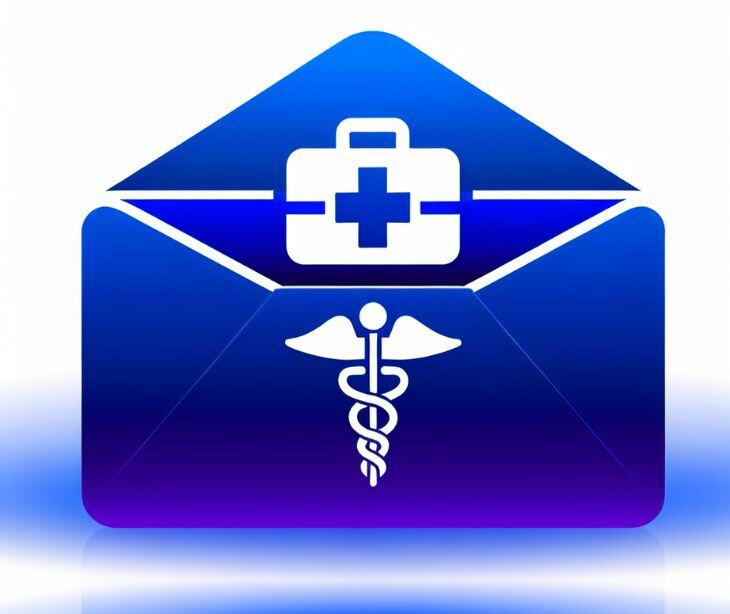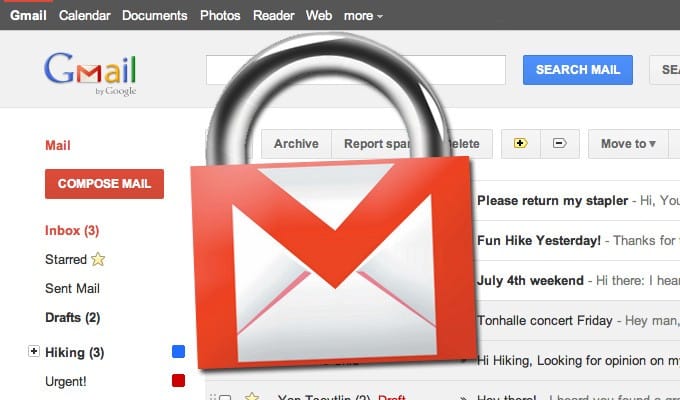2 min read
How threat actors exploit email address verification in healthcare
Kirsten Peremore
May 28, 2024

Threat actors use email address verification to ensure their spoofed emails appear legitimate and are more likely to reach and deceive recipients by mimicking trusted healthcare provider names.
Why do organizations send email address confirmation emails?
Email address verification is a process to ensure that an email address is real and can receive emails. It checks if the address is correctly formatted, actually exists and can accept messages. This process helps ensure that emails are sent to real, active recipients. By verifying email addresses, organizations can avoid sending emails to invalid addresses, which reduces bounce rates, improves deliverability, and protects against spam and fraud.
How does it work?
- The system checks if the email address is properly formatted, such as "name@domain.com".
- It verifies if the domain part (e.g., "domain.com") exists and is registered.
- The system looks for Mail Exchange (MX) records to confirm the domain has a mail server set up to receive emails.
- It simulates sending an email to the address to see if the mailbox can accept messages without actually sending an email.
- For domains that accept emails from any address, it ensures the specific email address is valid.
- The system identifies role-based addresses like "info@domain.com" or "support@domain.com".
- It checks if the email address is associated with spam traps or has been flagged for malicious activity.
How threat actors exploit email address verification
Threat actors exploit email address verification to bypass security filters and make their malicious emails appear legitimate. This method is comparable to other common cyber attacks, such as spear phishing, email spoofing, and business email compromise (BEC). Using email address verification tools, they compile lists of valid email addresses, ensuring their emails reach real users rather than bouncing back due to invalid addresses.
This allows them to impersonate legitimate organizations, including healthcare providers, using verified email addresses that are less likely to be flagged as spam. As a result, their emails are more likely to land in the recipient's inbox, lending credibility to their messages. Email spoofing offers a similar form of attack with a 2021 study on anti spoofing offering: “EMAIL spoofing consists of sending a message with a forged sender address and other parts of the email header so that it appears as sent from a legitimate source.”
In particular, threat actors use email address verification to send malicious emails under the names of healthcare providers. They conduct phishing attacks by sending emails that appear to be from legitimate healthcare providers, often containing links to fake login pages designed to steal user credentials. They also spread malware by attaching malicious files to emails that seem to come from trusted healthcare providers, prompting recipients to download and install harmful software.
The role of HIPAA compliant email services
HIPAA compliant email services, like Paubox, offer advanced security features like ExecProtect to prevent threat actors from exploiting email address verification to send malicious emails under healthcare provider names. ExecProtect uses cutting-edge algorithms to detect and block email spoofing attempts by verifying the authenticity of the sender's email address in real time. This ensures that emails that appear to come from trusted healthcare providers are genuinely from those sources and not from impersonators.
Paubox's service incorporates secure encryption making sure that sensitive patient information remains secure during transmission and inaccessible to unauthorized parties. By providing seamless email encryption without requiring recipients to log into a separate portal, Paubox maintains the convenience of regular email while ensuring compliance with HIPAA.
Their security measures include domain authentication protocols such as SPF, DKIM, and DMARC, which help in verifying the sender's domain and preventing spoofed emails from reaching recipients. These features collectively reduce the risk of phishing attacks, malware distribution, and financial fraud, thereby protecting both the healthcare provider and the patient.
See also: Top 12 HIPAA compliant email services
FAQs
How does email encryption help protect against email spoofing?
Email encryption ensures that the content of the email is secure and can only be read by the intended recipient.
Do threat actors target specific healthcare providers more than others?
Yes, threat actors often target larger healthcare providers or those with known vulnerabilities due to the higher potential for valuable data and financial gain.
What is the difference between email spoofing and phishing?
Email spoofing involves forging the sender's address to appear as a trusted source, while phishing uses spoofed emails to deceive recipients into providing sensitive information or clicking malicious links.
Subscribe to Paubox Weekly
Every Friday we'll bring you the most important news from Paubox. Our aim is to make you smarter, faster.




